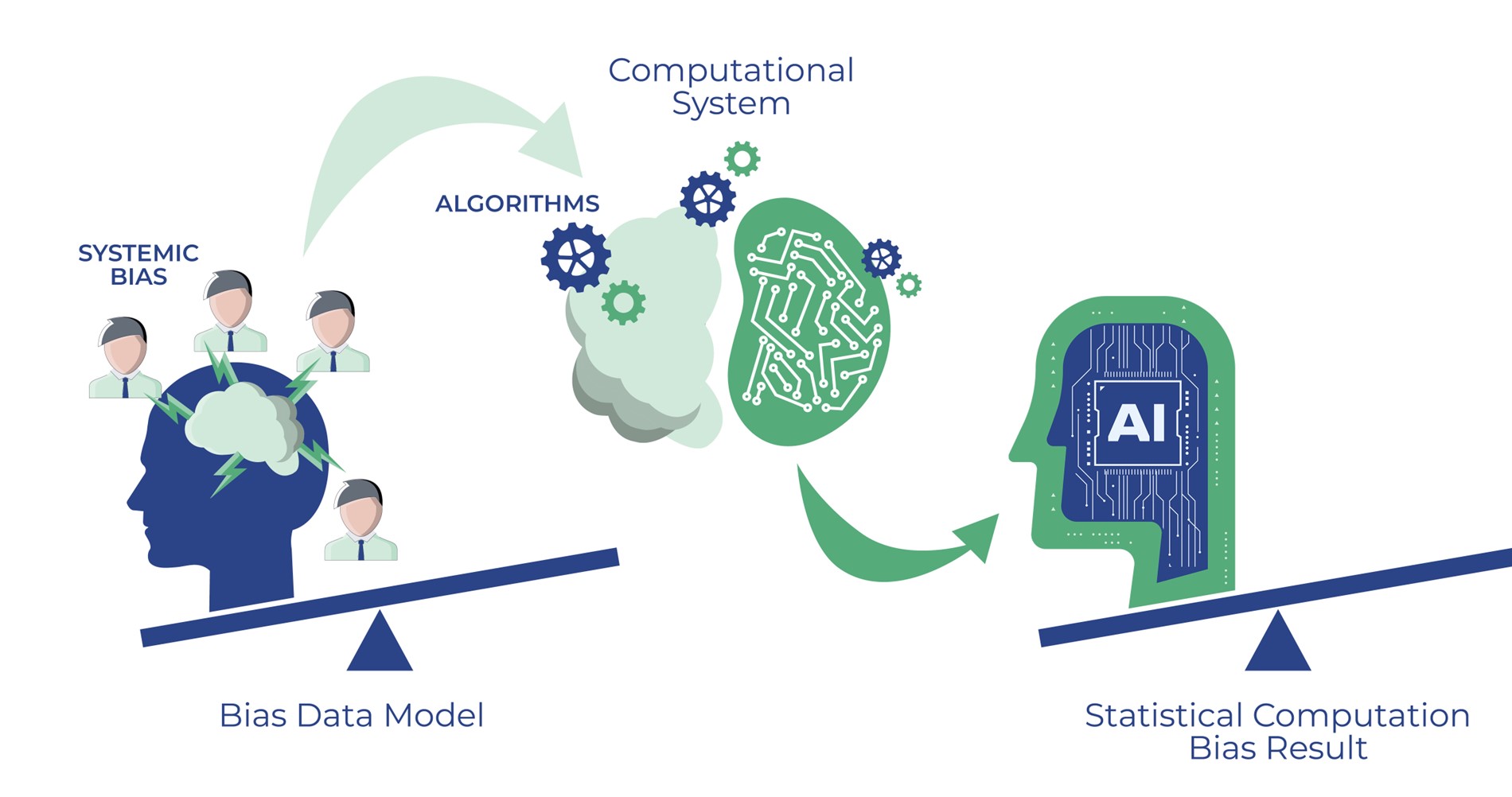Is There Significance if AI Chatbots Think in English?
An AI model’s inner processing reveals it ‘thinks’ in English, even when asked questions in other languages, new research shows. Researchers at the Swiss Federal Institute of Technology in Lausanne looked at three versions of these large language models and found that they process languages by going through an “English subspace.”
What’s Happening & Why This Matters
Researchers uncovered that AI chatbots, or large language models, process non-English languages by passing through an “English subspace”—suggesting that English is used to understand certain concepts. These models were tested with prompts in French, German, Russian, and Chinese, and consistently used English to process various layers.
Language processing among AI chatbots has been examined, and it’s been revealed that when working with non-English languages, these models still rely on English for some of their internal processes. This has potential implications for the broader acceptance of linguistic and cultural diversity in artificial intelligence.

The models’ internal layers, revealed through the research, consistently showed a reliance on an “English subspace” when processing non-English languages. This means that instead of translating directly between two languages, the model detours through English before translating to the final language. This phenomenon is crucial in understanding how AI models work and the potential implications of this reliance on English.
AI models, when passing non-English languages, tend to rely on English, showing that these large language models are processing different languages through a detour using English layers.
T/F Summary: What’s Next
The research findings on AI chatbots using English to process non-English languages raise important implications for the future. These results present a broader reflection on how the reliance on English as an intermediary could impact linguistic and cultural diversity in artificial intelligence. This information highlights the need for future research and development in the diverse processing of multilingual communication by AI models.


